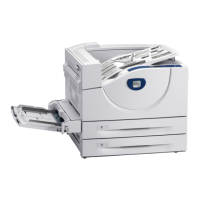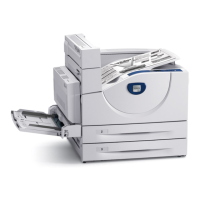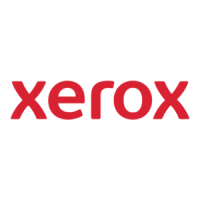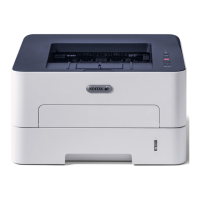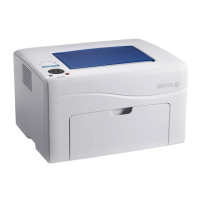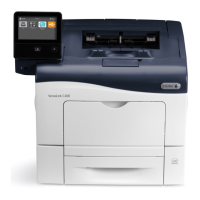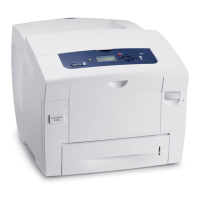APPENDIX
A.
REFERENCE
TABLES
This
appendix
contains
the following
reference
material:
Title
Standard Symbols
and
Codes
Standard
8-Bit
Computer Codes (EBCDIC)
Standard
7-Bit
Communication Codes (ANSCll)
Standard Symbol-Code Correspondences
Hexadecimal Arithmetic
Addition Table
Multiplication
Table
Table
of
Powers
of
SixteenlO
Table
of
Powers of Ten16
Hexadecimal-Decimal
Integer Conversion Table
Hexadecimal-Decimal Fraction Conversion Table
Table
of
l>owers
of
Two
Mathematical
Constants
STANDARD
SYMBOLS
AND
CODES
The symbol
and
code
standards described in this
publication
are
applicable
·to
all
Xerox computer products, both
hard-
ware
and
software. They may be expanded or
altered
from
time to time to meet changing requirements.
The symbols listed here
include
two types: graphic symbols
and
control
characters.
Graphic
symbols
are
displayable
and
printable;
control
characters
are
not. Hybrids
are
SP,
the
symbol for a
blank
space;
and
DEL,
the
delete
code,
which
is
not considered a control command.
Three types
of
code
are
shown:
(1)
the
8-bit
Xerox Standard
Computer Code,
i.e.,
the Extended Binary-Coded-Decimal
Interchange Code
(EqCDIC);
(2)
the
7-bit
American
National
Standard Code for Information Interchange (ANSCII);
and
(3) the Xerox standard
card
code.
STANDARD
CHARACTER
SETS
1.
EBCDIC
57-character
set:
uppercase
letters,
numerais,
space,
and
& / < > ( ) + I $ *
% # @
63-character
set:
same as
above
plus i
-,
89-character
set:
same
as
63-character
set
plus
lowercase
letters
2.
ANSCII
?
64-character
set:
uppercase
letters,
numerals,
space,
and!
II
$ % &
()
* + ,
/ \ <
>?
@
L]
A #
95-character
set:
same as
above
plus lowercase
letters
and
t }
CONTROL
CODES
In
addition
to
the
standard
character
sets I isted
above,
the
symbol
repertoire
includes 37 control codes
and
the
hybrid
,.
~~I
II.
L
_OJ
__
J_
("0
!
_____
!..I
___
..1
___
I.
_r
_II
_L
___
_
\,;UUI::
VLL
\"YU.,U
'-VU'C
J'
I;)
'-VII;)'
...
"",
""
...
t""'"
v,
...
,'
............
...
ter
sets).
These
are
listed in
the
table
titled
Standard
Symbo
I-Code
Correspondences.
SPECIAL
CODE
PROPERTIES
The following two properties of
all
standard codes will
be
retained
for future standard code extensions:
1. All control codes,
and
onl y
the
control codes, have
their
two
high-order
bits
equal
to
1100
11
•
DEL
is
not
considered a control
code.
2.
No
two
graphic
EBCDIC
codes
have
their
seven
low-
order
bi ts
equa
I.
.
Appendix A 155
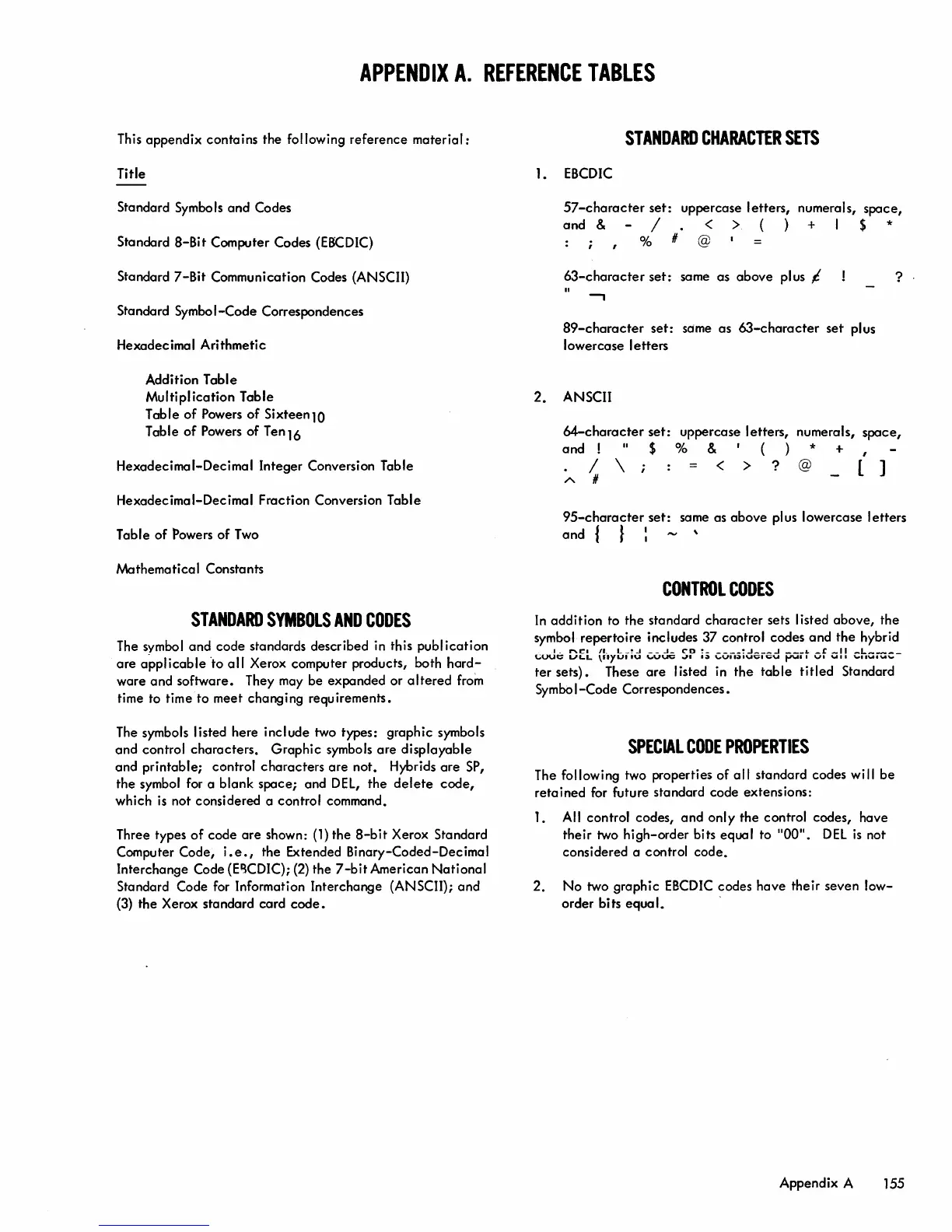